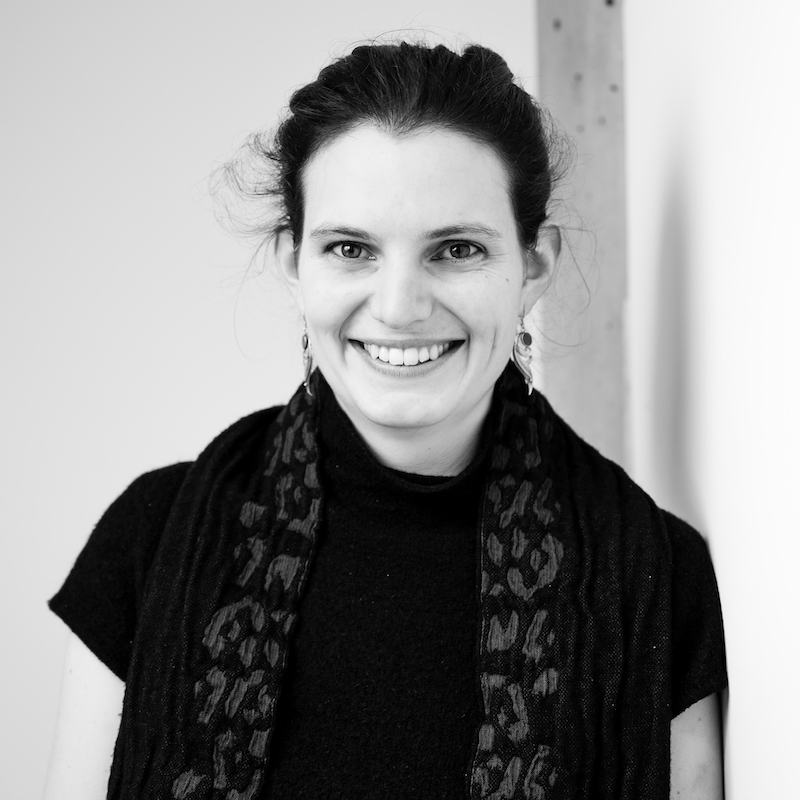Head of the chair
Team members
Core members
Associated members
- Pia Bideau, INRIA
- PhDs will be hired soon
Associated members
- Pierre-Brice Wieber
- Karteek Alahari
Research topics
trajectory prediction
motion estimation
manipulation
contact prediction
supervised/unsupervised learning
data efficient models for vision
motion estimation
manipulation
contact prediction
supervised/unsupervised learning
data efficient models for vision



